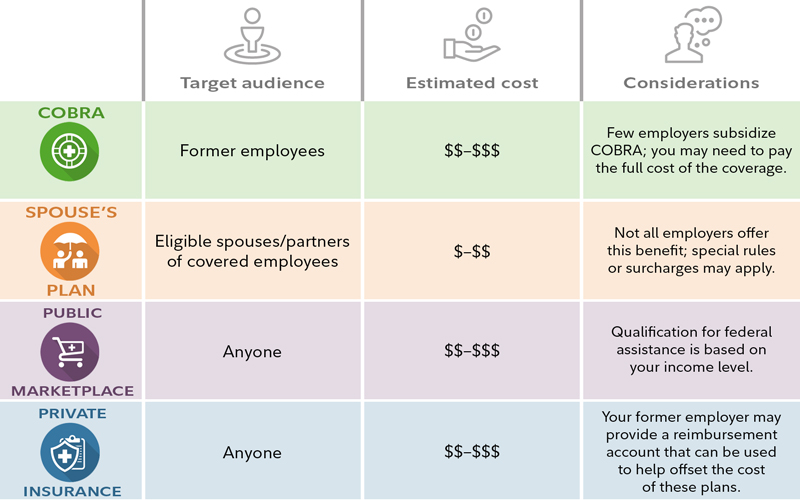Healthcare costs continue to rise, making health insurance plans an increasingly significant expense for many households. However, with the right strategies and knowledge, you can manage these costs without sacrificing essential coverage. This comprehensive guide will help you navigate the complex world of health insurance and implement practical approaches to secure affordable coverage that meets your needs.

Understanding Your Health Insurance Costs
Before implementing cost-saving strategies, it's essential to understand the various components that contribute to your health insurance expenses:
Premiums: The fixed amount you pay monthly to maintain your coverage, regardless of whether you use medical services.
Deductibles: The amount you must pay out-of-pocket for covered services before your insurance begins to pay.
Copayments: Fixed amounts you pay for specific services, such as doctor visits or prescription medications.
Coinsurance: The percentage of costs you share with your insurance company after meeting your deductible.
Out-of-Pocket Maximum: The maximum amount you'll pay in a year for covered services before your insurance covers 100% of additional costs.
Understanding these components helps you evaluate different plans and identify opportunities for savings.
Choosing the Right Plan for Your Needs
Selecting the appropriate health insurance plans is crucial for managing costs effectively:
Maximizing Employer-Sponsored Benefits
If you have access to employer-sponsored health insurance, take full advantage of these benefits:
Employer Contributions: Many employers cover a significant portion of premium costs, making these plans typically more affordable than individual options.
Wellness Programs: Participate in employer wellness initiatives that may offer premium discounts or incentives.
Flexible Spending Accounts (FSAs): Use pre-tax dollars to pay for eligible medical expenses, reducing your taxable income.
Health Savings Accounts (HSAs):strong> If you have a high-deductible health plan, contribute to an HSA for triple tax advantages: tax-deductible contributions, tax-free growth, and tax-free withdrawals for medical expenses.
Dependent Care FSAs: If you have dependents, utilize these accounts to pay for eligible childcare expenses with pre-tax dollars.
Utilizing Tax-Advantaged Accounts
Tax-advantaged accounts can significantly reduce your healthcare costs:
Health Savings Accounts (HSAs):strong> Available with high-deductible health plans, these accounts offer triple tax advantages and can be invested for long-term growth.
Flexible Spending Accounts (FSAs):strong> Use pre-tax dollars for medical expenses, but note that funds typically expire at year-end.
Health Reimbursement Arrangements (HRAs):strong> Employer-funded accounts that reimburse employees for medical expenses.
Medical Expense Deductions: If your medical expenses exceed 7.5% of your adjusted gross income, you may be able to deduct them on your taxes.
Shopping Smart for Healthcare Services
Being a savvy healthcare consumer can lead to significant savings:
Prioritizing Preventive Care
Investing in preventive care can lead to long-term savings:
Free Preventive Services: Most health insurance plans cover preventive services like vaccinations, screenings, and annual check-ups at no cost.
Early Detection: Regular screenings can detect health issues early when they're less expensive to treat.
Healthy Lifestyle: Maintaining a healthy lifestyle through diet, exercise, and stress management can reduce healthcare costs over time.
Chronic Disease Management: Properly managing chronic conditions can prevent expensive complications and hospitalizations.
Exploring Government Assistance Programs
Various government programs can help reduce health insurance costs:
Premium Tax Credits: If you purchase insurance through the marketplace, you may qualify for premium subsidies based on your income.
Cost-Sharing Reductions: Silver plan enrollees with lower incomes may qualify for reduced deductibles, copayments, and coinsurance.
Medicaid: Low-income individuals and families may qualify for free or low-cost coverage through Medicaid.
Children's Health Insurance Program (CHIP):strong> Provides low-cost coverage for children in families that earn too much to qualify for Medicaid.
Medicare: Adults 65 and older, as well as certain younger people with disabilities, may qualify for Medicare coverage.
Negotiation and Financial Assistance
Don't hesitate to explore negotiation and financial assistance options:
Medical Bill Negotiation: Many healthcare providers are willing to negotiate bills, especially for uninsured or underinsured patients.
Payment Plans: Ask about interest-free payment plans for large medical bills.
Financial Assistance Programs: Many hospitals offer charity care or financial assistance programs for eligible patients.
Medical Credit Cards: Special credit cards like CareCredit offer financing options for medical expenses with promotional interest rates.
Final Thoughts
Managing health insurance costs requires a proactive approach and ongoing attention to your coverage and healthcare expenses. By understanding your options, choosing the right plan, utilizing tax-advantaged accounts, shopping smart for services, and taking advantage of available assistance programs, you can significantly reduce your healthcare expenses without compromising on quality care.
Remember that healthcare needs and financial situations change over time, so it's important to review your coverage annually during open enrollment or after major life events. Stay informed about changes in health insurance plans and regulations, and don't hesitate to seek help from insurance navigators or financial advisors when needed.
With the right strategies and knowledge, you can achieve affordable health insurance coverage that provides peace of mind and protects your financial wellbeing. The key is to be an informed, engaged healthcare consumer who takes control of your coverage and costs.

